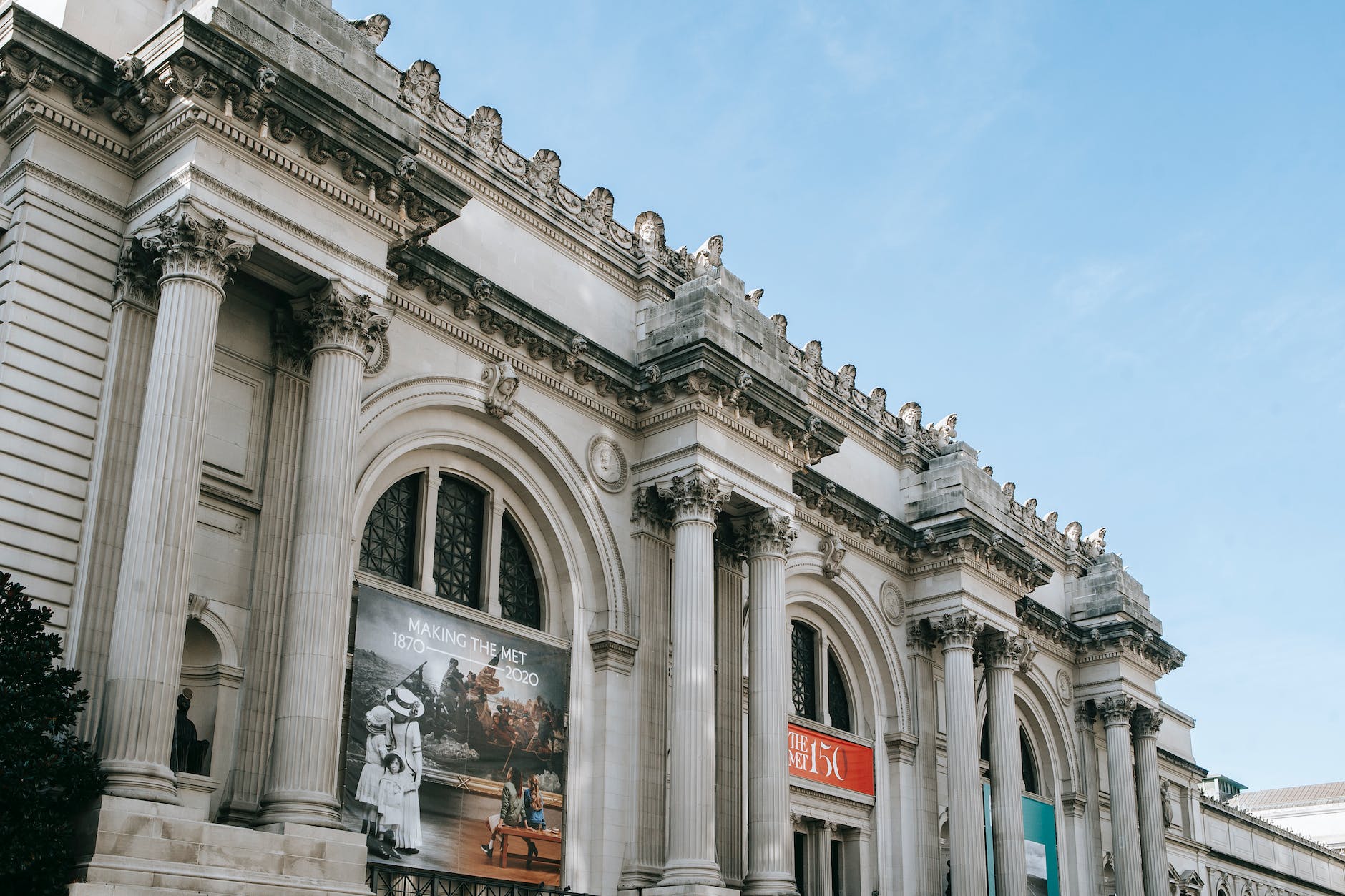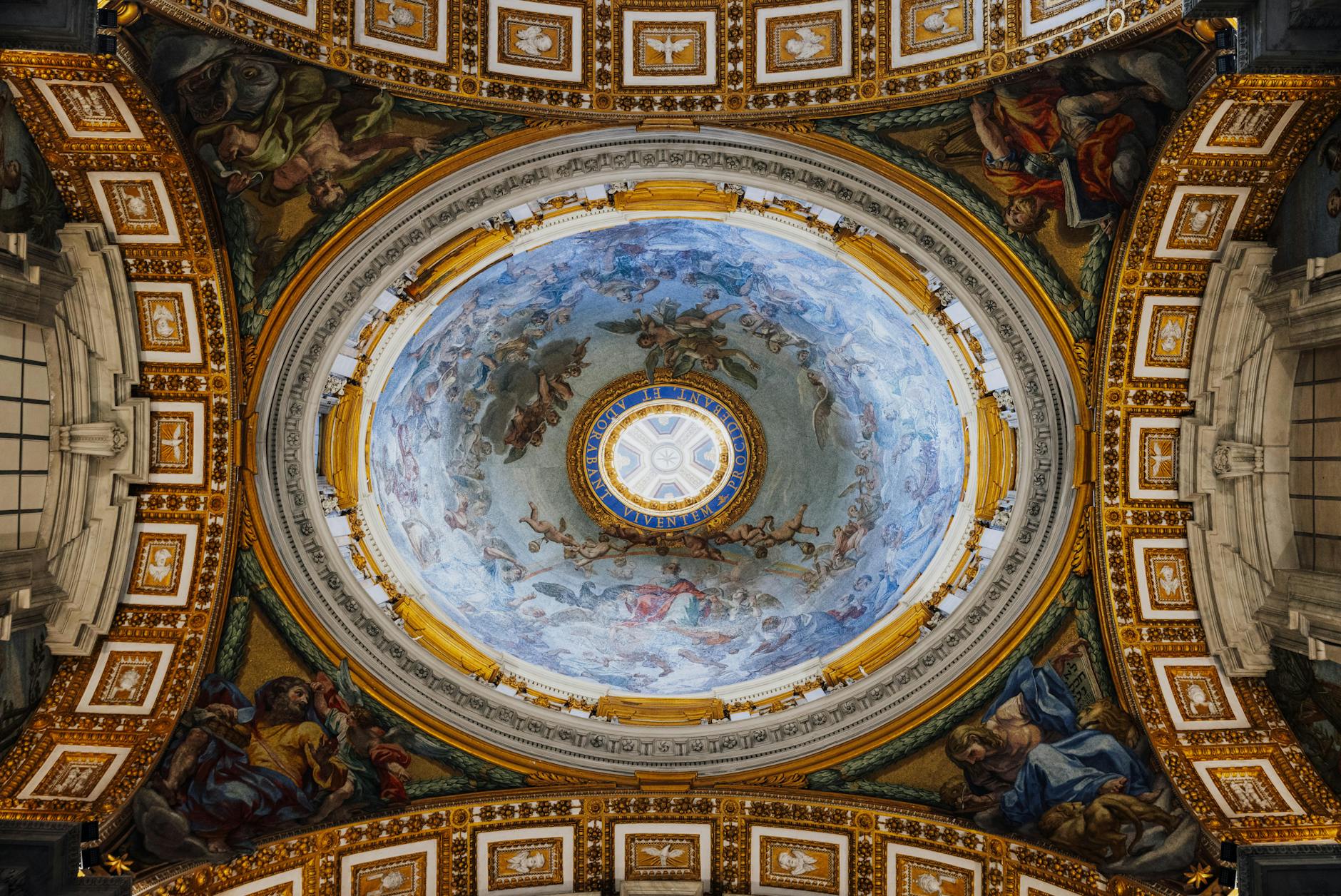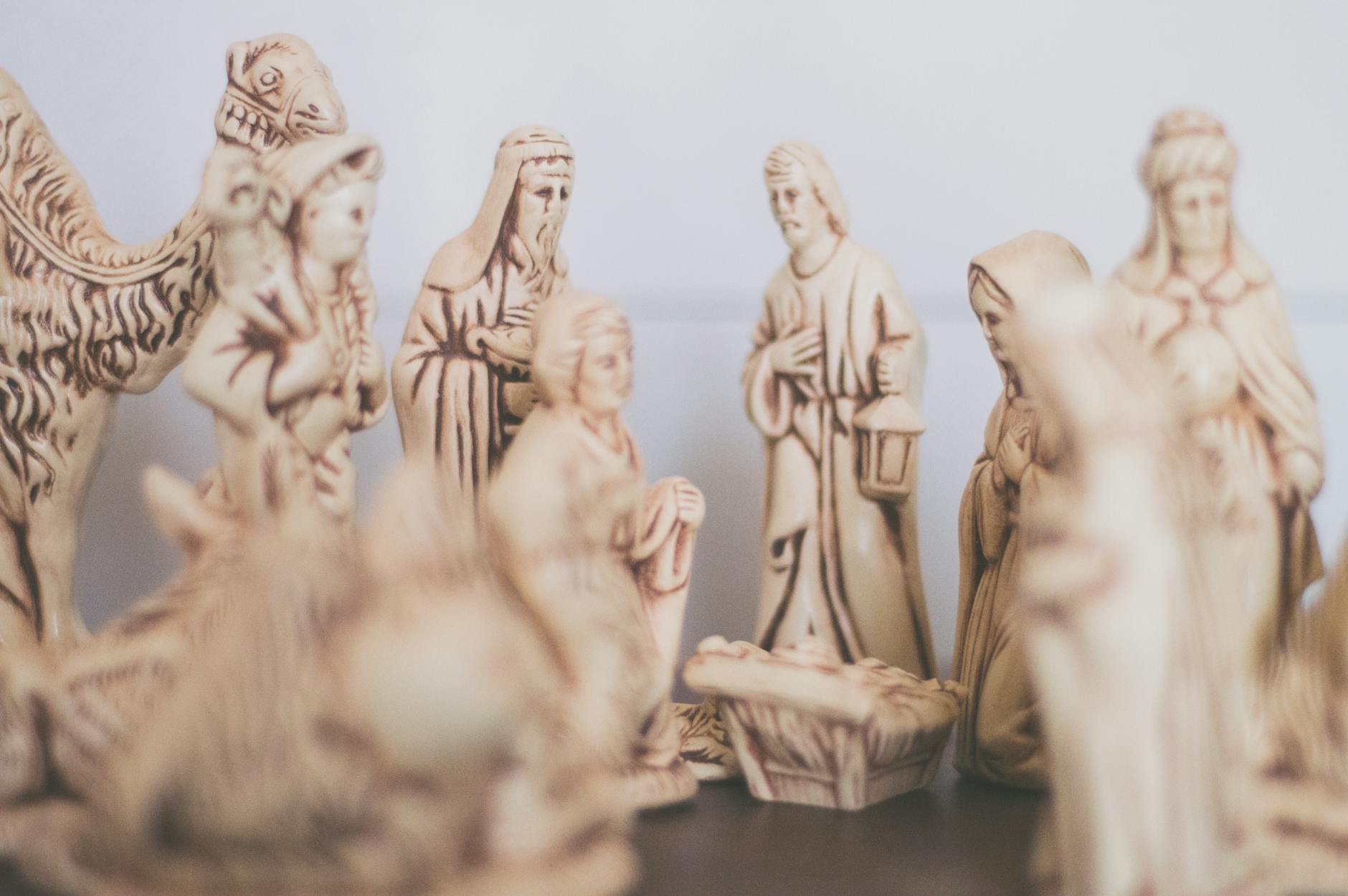Psychedelic art is a vibrant and visually stimulating genre of creative expression that emerged during the cultural shifts of the mid-20th century. Recognized for its kaleidoscopic patterns, vivid color palette, surreal imagery, and deep-rooted connection to spirituality, this art style has had a profound impact on the course of modern art history.
The psychedelic movement found its origins in the counterculture revolution of the 1960s. Influenced by the societal changes, political activism, and widespread use of psychedelic substances such as LSD, artists sought new modes of visualization to represent their altered states of consciousness and exploration of the mind.
Psychedelic art was a significant departure from traditional art styles. It favored abstraction, complex geometric patterns, and optical illusions over realism and perspective. This format was a radical form of total creative freedom for artists, who often experimented with unprecedented techniques to translate their otherworldly experiences into visual form. One such practice included blurring the boundaries between the foreground and background, creating a sense of dimension and depth.
Graphics and poster artist Wes Wilson is often credited as one of the pioneers in the field. Drawing inspiration from Art Nouveau, Eastern spirituality, and the human psyche, Wilson designed posters for the iconic music venues of San Francisco, effectively shaping the visual identity of the counterculture movement.
The Big Five – a term referring to artists Wilson, Victor Moscoso, Stanley Mouse, Alton Kelley, and Rick Griffin – are another key aspect of psychedelic art’s history. Their concert posters, with their distorted lettering and vivid imagery, remain some of the most iconic artifacts of the era.
By the mid-1960s, the psychedelic movement had surged beyond the fringes of bohemian counterculture, seeping into mainstream popular culture – from album covers, fashion, and furniture design to animated films like the Beatles’ classic “Yellow Submarine”.
By the end of the 60s, however, the initial wave of psychedelic art began to wane, influenced in part by the political and cultural shifts of the period. Although the hallucinatory aesthetics of the genre faded from mainstream popularity, the influence of the psychedelic art style continued in various forms – from the cyberdelic art of the 80s that fused psychedelic philosophy with digital media to today’s fractal and visionary art.
The subsequent evolution of psychedelic art saw a return to its spiritual roots, seeking to visualize a higher state of consciousness and provoke introspective experiences. Contemporary artists like Android Jones and Alex Grey have built upon this transformative potential, linking the psychedelic experience to broader themes of human existence, ecology, and cosmology.
Today, psychedelic art remains relevant, making substantial contributions to various art movements. Its unique aesthetic and philosophy continue to inspire artists and influence cultural trends. A recent resurgence in its popularity is closely tied to the renaissance of scientific research into psychedelic substances and their potential therapeutic effects.
The history and progression of psychedelic art underscore a deeper desire for transcendence, exploration, and expanding the boundaries of human consciousness. Layered with profound philosophical questions about the nature of reality and the human mind, it continues to challenge norms and inspire introspection, reaffirming its role as a driving force in the evolution of artistic expression.
Through its unique form and transformative potential, psychedelic art serves as a vivid chronicle of humanity’s never-ending quest for meaning and understanding. It remains a testament to the power of art to not only mirror society but also to drive cultural and spiritual shifts, reflecting the shifting landscapes of our collective conscious and ever-evolving world.








